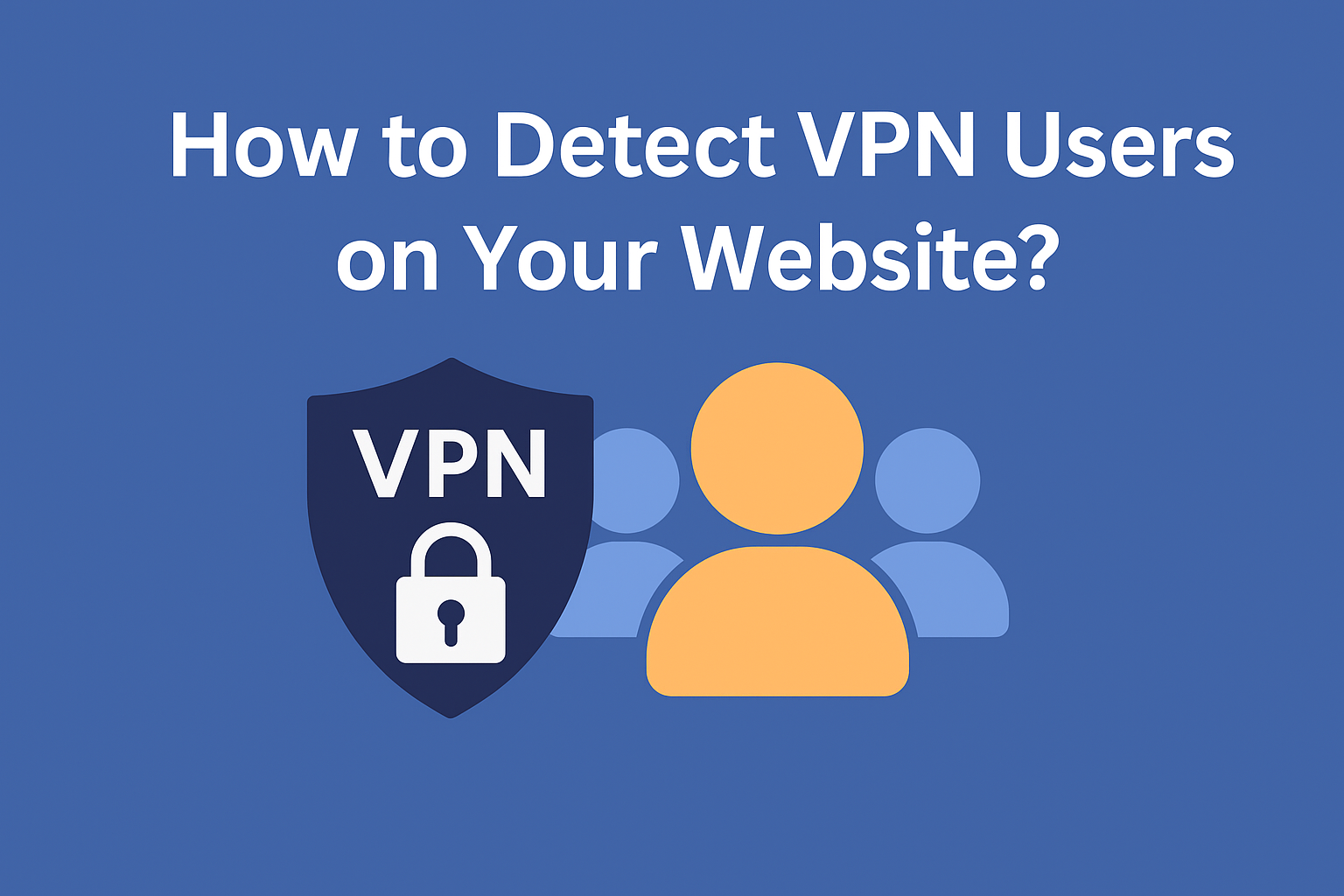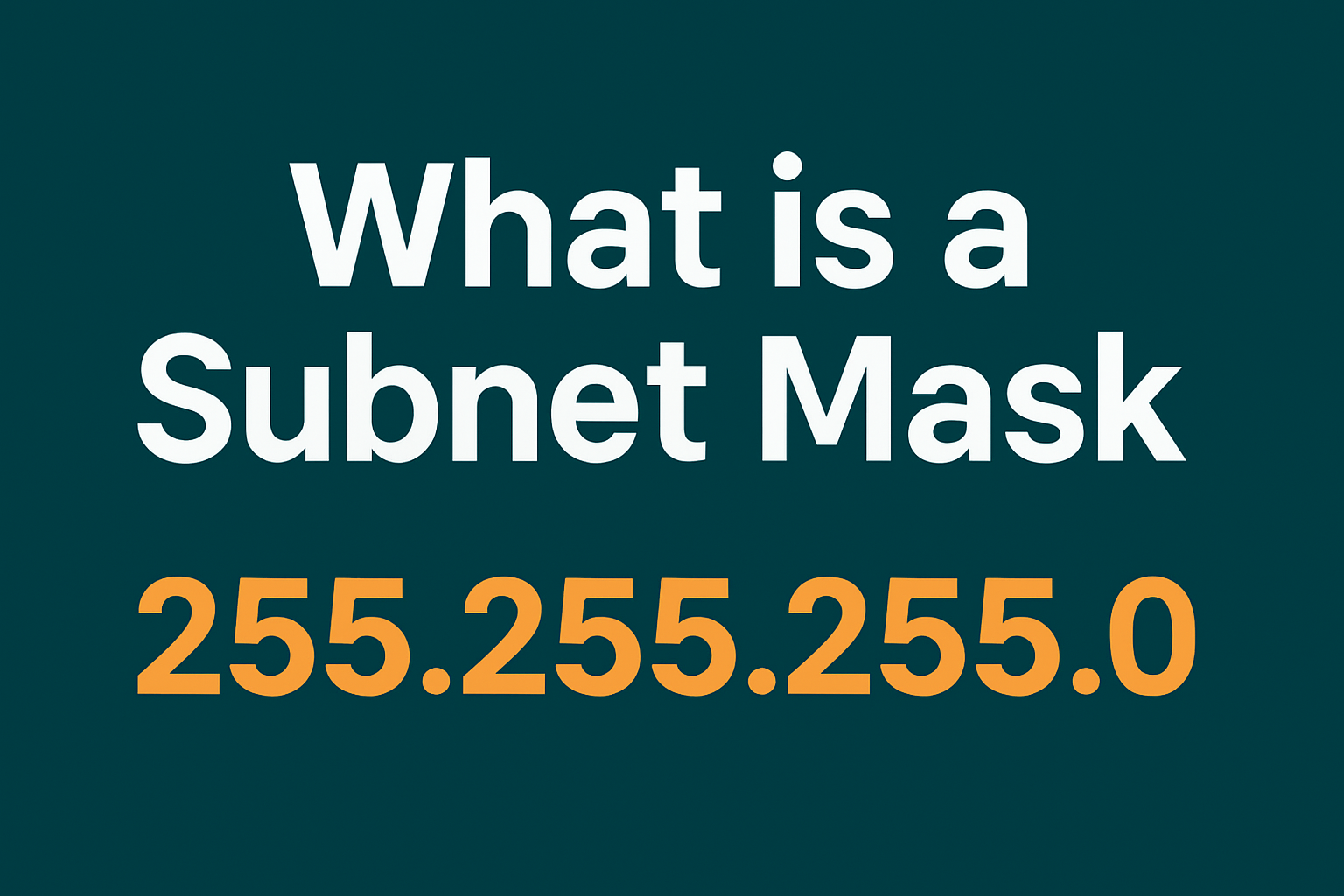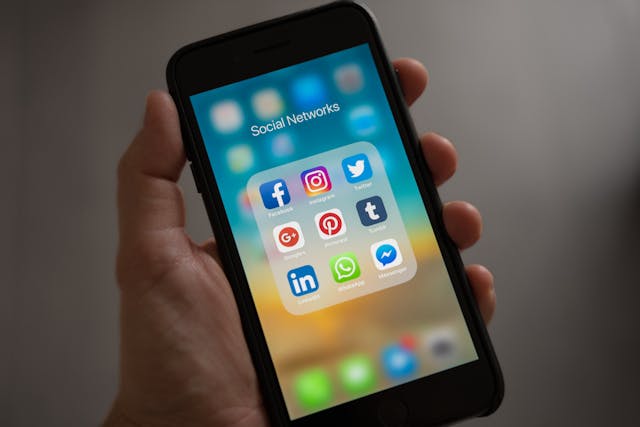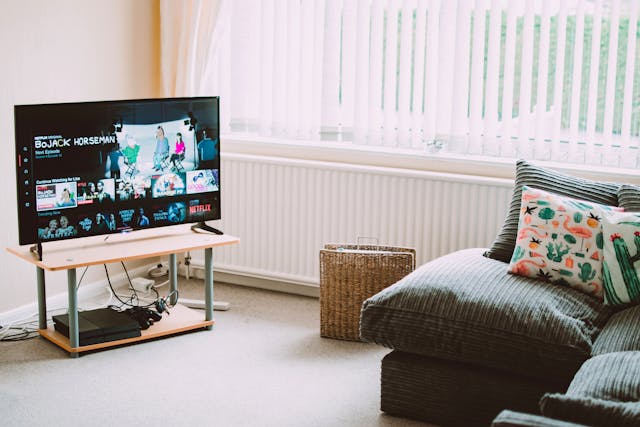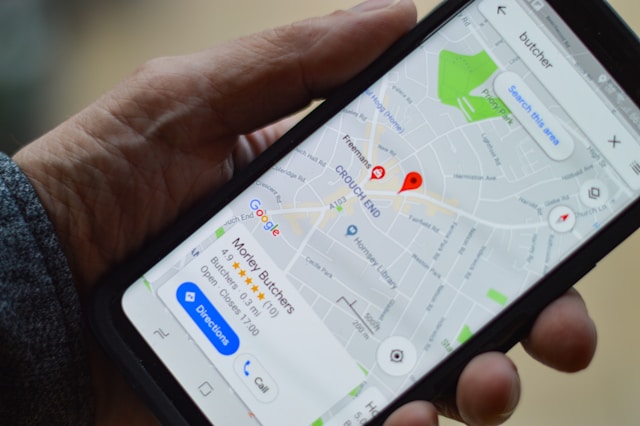Do you want to use fake GPS apps and technologies to mask your location? This is a viable option when you want to appear elsewhere in the world. However, as you’ll see in this article, there are a few best practices and potential risks to consider.
We’ll also share the top apps that you can use today to try fake GPS location changers. This saves you time from having to research the top services and apps that can provide a fake location.
Keep reading for a complete overdrive of how to use fake GPS tools to hide your real location!
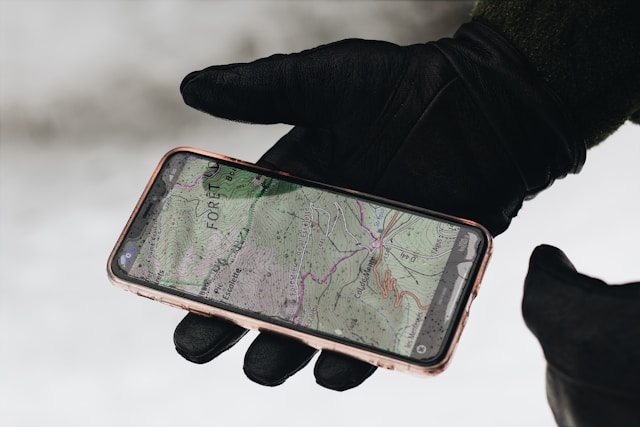
Table of Contents
What Is Location Spoofing?
Location spoofing means you pretend to be in another place. Even though you are at home, your computer or phone indicates that you are in a different country. For example, your phone indicates that you are in Paris, but you may actually be in New York. That’s geo-spoofing. (Yep, that’s the fancy word for pretending to be somewhere else online. )
Why do people learn how to spoof location? Sometimes a movie or TV show only works in another country, and you want to watch it. Or maybe a game gives special rewards in a different place. Some apps only work in certain countries. Some people simply don’t want websites to know their location. That’s okay.
There are apps that help you spoof your location. Some apps change your GPS, while others change your IP address. You pick a country, and websites think you are there. How can you check if it’s working? Use an IP location API. It shows the country that your internet service provider says you are in. If it shows the place you picked, then it worked!
You don’t really move. But online, you look like you are in another place. That’s location spoofing.
Can Fake GPS Be Detected?
Yes, fake GPS can be detected through various methods. This includes apps and systems that analyze inconsistencies in current location data. Top examples include sudden and unrealistic movements or frequent location changes that don’t align with normal travel patterns.
Furthermore, they may also use network-based location services (like WiFi or cell towers) to cross-check the reported GPS location. Additionally, some apps can detect whether a device is using mock location settings, which is often a sign of GPS spoofing.
Finally, advanced detection techniques may also involve comparing the device’s reported location setting with known physical characteristics of the area. For instance, the time zone, weather, or landmarks.
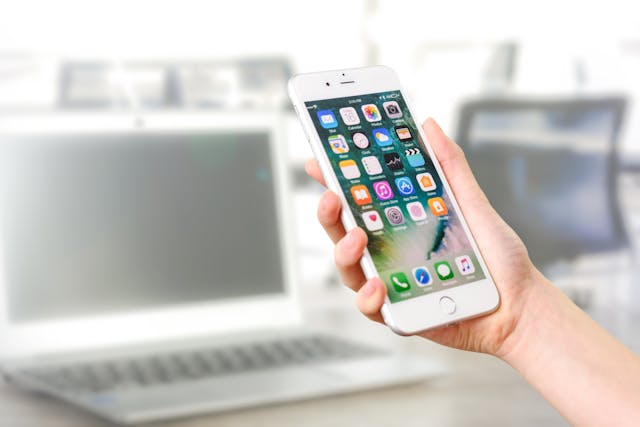
Methods To Spoof Your Location
How do you spoof your location? It’s easier than it sounds. You don’t need to be a hacker or a tech expert. Before you start, it’s smart to check what your current location looks like to websites. Use a geoIP lookup to see which city or country your IP address currently indicates.
Many websites, advertisers, and security tools use this online service to customize content or verify users. If your IP changes after you try a method, you’re doing it right!
Now, let’s go through the main ways you can spoof your location.
Fake GPS Apps
Want to know how to use fake GPS? Install the app, choose a location on the map, and your phone will show that as your current spot. You can look like you’re in Tokyo while sitting on your sofa.
If you use Android, you need to turn on Developer Mode. Just go to your phone’s settings, type “developer” in the search bar, and turn it on. Then choose your fake GPS app from the list.
If you’re using an iPhone, things get a bit harder. You might need extra tools. But don’t worry, we’ll talk about that below. So don’t skip it!
Once your settings are ready, tap the place you want and press start. That’s it. You’re now “somewhere else” without leaving home.
VPN
A VPN hides your real internet location and shows a fake one. Open the VPN, pick a country, and your IP address changes. Now websites think you’re in that country.
VPNs are great if you want to watch shows or use apps only available in certain regions. They don’t change your GPS, but they do change what the internet “sees.”
Proxy Servers
A proxy is like a helper. When you visit a website, the proxy shows the website its own location instead of yours. So, if the proxy is in Germany, the website thinks you are in Germany.
A proxy is similar to a VPN but simpler. It works only in one browser or app and doesn’t hide all your online activity or change your whole device.
Proxies are good if you want to visit a website blocked in your country. They are also helpful if you want to see how a website looks in a different location.
Browser Location Changer
Looking for how to set your location somewhere else, but only in your browser? You don’t need big apps or VPNs. Browser location changers are simple tools you add to your browser (like Chrome or Firefox).
These tools let you pick any place in the world, and your browser will tell websites you are there. It’s quick, easy, and only changes your location inside the browser, not your whole device.
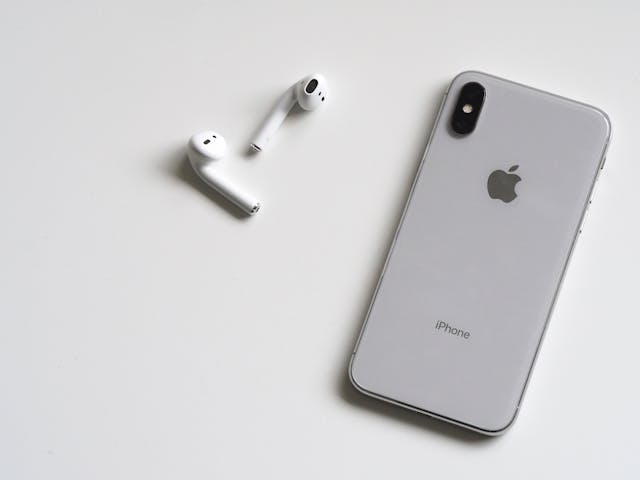
Fake GPS Location iPhone: 5 Best Practices
It’s important to follow the best practices when you want to apply a fake GPS location to your iPhone. In this section, we’ll give you some pointers so you can hit the ground running with the feature.
1. Use a Trusted App With Developer Mode
iPhones do not natively support GPS spoofing apps like Android devices. To fake your GPS location, you’ll need to use third-party software such as iTools or Tenorshare iAnyGo. These apps require connecting your iPhone to a computer.
It’s crucial to choose well-known and trusted software solutions to minimize security risks. That’s because some less reputable apps or services may compromise your device’s data.
2. Enable Developer Mode
Let’s talk about how to turn on Developer Mode on your iPhone. I promised to share! You’ll need it so that apps can modify your GPS location however you want.
Follow these steps carefully:
- Check your iOS version. Your iPhone must run on iOS 16 or newer.
- Connect your iPhone to a Mac. Use a USB cable and make sure the Mac has Xcode or another development tool already set up.
- Approve Developer Mode. A message will appear on your iPhone asking if you want to enable Developer Mode. Tap Enable.
- Enter your iPhone passcode. This is the same code you use to unlock your device.
- Restart your iPhone. After confirming Developer Mode, your phone may ask you to restart. Do it.
- Activate Developer Mode in settings. Go to Settings → Privacy & Security and turn on Developer Mode.
After these steps, your iPhone will allow location changes through third-party apps.
3. Be Aware of App Permissions
Some apps can detect GPS spoofing by cross-referencing your location with Wi-Fi, Bluetooth, or cell tower data. To reduce detection risks, review and manage the permissions granted to these apps.
For instance, disable location services for apps where precise GPS data is unnecessary. Additionally, avoid running multiple apps that use location services simultaneously. That’s because this can raise red flags for detection systems, such as with mobile geofencing apps.

4. Test Before Use
First, check if the fake location works. Don’t use it in a game or Tinder, or whatever is important. Open Google Maps or a weather app instead. See if it shows the place you picked. If you chose New York, but you see London — something’s off. Time to fix it!
Start by restarting the app. Or turn the fake location on again through Developer Mode. Either way, testing is a must if you want to avoid problems in important apps.
5. Understand the Legal and Ethical Implications
You already know how to make your location say somewhere else. Cool! But is it safe?
Some apps do not allow faking your location. To find out if you can do it, read the app’s rules or Terms of Service. In some cases, like GPS-based games or serious services (like banks or dating), faking your location can lead to account bans. It can also cause legal trouble.
If you’re not sure, it’s better not to take the risk. Use a fake location only for fun or testing, not for important things.
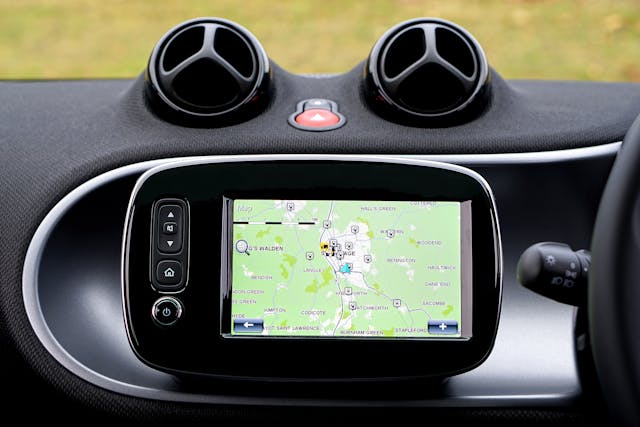
The Accuracy of Your Fake GPS Position
If you want your fake location to look real, pick a reliable app. Some apps are very exact, while others are not. It’s like throwing a ball. Some hit the target, some miss.
Choose apps that allow you to “walk” a path or change how fast you move. This makes your fake location look like you really moved. It’s better than jumping from place to place.
Also, keep your Wi-Fi and mobile data turned on. Why? Because your phone uses them to help find your location. Turning off Wi-Fi or mobile data can reduce accuracy, causing apps to make incorrect guesses.
To trick apps, use good tools. And don’t let your location jump all over the map.
The Legality of GPS Fakers
Is using GPS fakers okay? It depends on how you use them. Many places say using fake GPS apps is not illegal by itself. But you can get in trouble if you break app rules or cheat.
Apps and games can ban or block your account for using fake GPS. If you break the law, you might face fines or court, which could mean appearing in court or paying penalties.
Some countries, like the US, UK, Canada, and Australia, have strict rules. They don’t allow using fake GPS to cheat or lie. Most people don’t get into big trouble. But big companies and governments watch for cheating and lying.
If you use fake GPS just for fun or testing, you will be okay most of the time. Always check the rules in your country before you use fake GPS. Be careful and stay safe.

Frequently Asked Questions
How does Fake GPS work?
Fake GPS tricks your phone. It makes your phone say, “I’m in New York,” even if you’re really in Los Angeles. You use special apps to pick any place you want.
Your phone and apps believe this fake location. So, you can watch shows, open websites, or play games that work only in that place.
What are the risks of using fake GPS?
Using fake GPS can lead to serious problems:
- App bans (e.g., Tinder, games)
- Breaking app rules or local laws
- Legal trouble with tracking-based apps
- Malware or data theft from unsafe GPS tools
Be careful, these risks can affect your account, privacy, or even legal status.
Why would someone use fake GPS?
People use fake GPS for different reasons:
- To watch geo-restricted content (e.g., Netflix in another country)
- To test apps or ads in other locations
- To play location-based games without moving
- To protect their privacy
- For business testing in other regions
Using fake GPS is fine as long as you don’t cheat or break any laws.
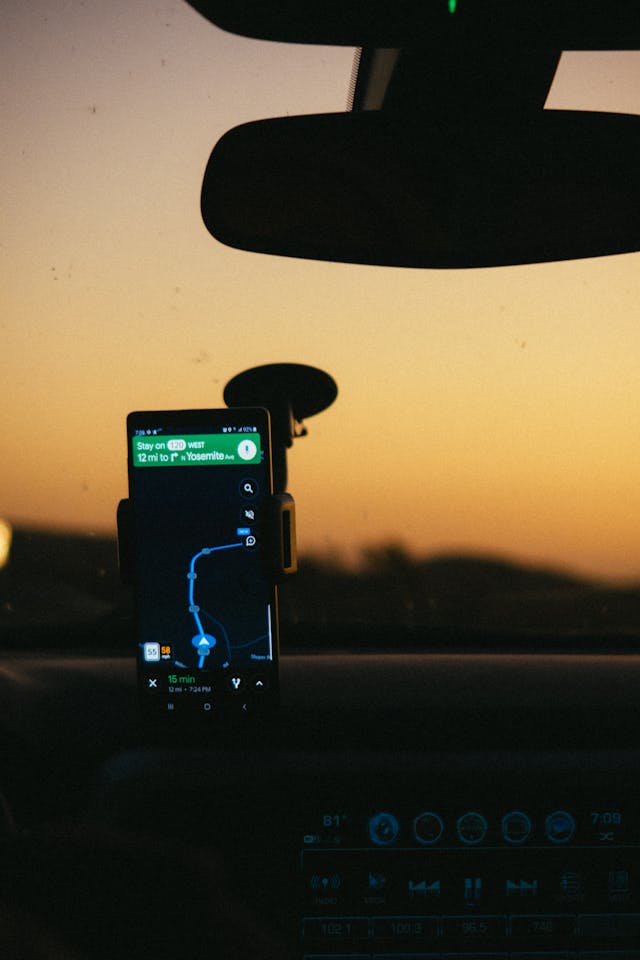
Fake GPS: Does It work?
Yep, fake GPS works! You can make your phone or computer think you’re chilling in Paris, hiking in Peru, or grabbing sushi in Tokyo. All without leaving your couch. It’s extremely handy for gaming, testing apps, or watching shows that are only available in certain countries.
Before you teleport yourself anywhere, learn how to do it right. You should know how to put my location somewhere else without breaking the rules. Some apps don’t like GPS fakers, and some countries have strict rules. Better safe than banned.
Now, what if you don’t want to fake your location, but want to see where someone else really is? Like, “Where’s this person visiting my website from?” That’s where geoPlugin helps. It takes someone’s IP address and shows you their real location (no spy tools, just clean data). It’s perfect for websites, ads, or anyone who wants to understand their audience better.
So what are you waiting for? Try geoPlugin today for a trusted tool!




